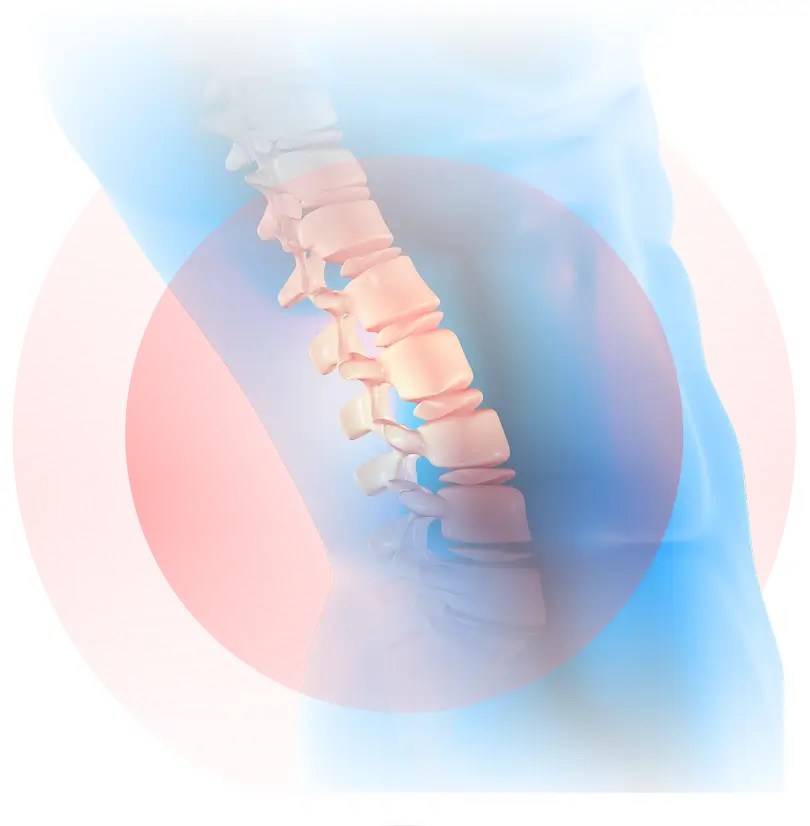Degenerative Disc Disease in Dallas — Protect Motion, Reduce Pain
Degenerative Disc Disease (DDD) isn’t a true “disease,” but age or injury-related dehydration of the discs that cushion your spine. As discs thin, pressure shifts to facet joints and nerves, sparking inflammation and chronic back pain. Early treatment helps slow progression, preserve mobility, and may avoid the need for fusion.

Central back ache
worse when
sitting
Morning stiffness
easing with motion
Episodes of “locked”
or stuck spine
Pain radiating into
hips or thighs
Imaging may show Modic changes
or vacuum phenomenonc
Posture training & multimodality therapy (PT, core rehab, activity modification, Class IV laser)
Biologic options (PRP or stem-cell concentrate via NTX Regen )
Fluoroscopy-guided injections when appropriate (facet, epidural)
Motion-preserving artificial disc replacement (L4–L5 or L5–S1)
Lumbar fusion only if multi-level collapse or instability occurs
Request Your Same-Day Degenerative Disc Disease Evaluation
Don’t wait in pain — our expert spine specialists are available for same-day evaluations.
It’s age- or injury-related disc dehydration that reduces cushioning, leading to stiffness, pain, or nerve irritation. See Lower-Back Pain.
Early dehydration may improve with posture therapy, rehab, and activity changes. Advanced collapse rarely reverses. See Physical Therapy & Rehab.
PRP or stem-cell concentrate (via NTX Regen) can reduce pain and improve mobility for some patients.
Laser therapy promotes circulation and decreases inflammation, often reducing stiffness and flare-ups. See Class IV Laser.
Over 90% remain functional for at least 10 years, preserving motion and reducing stress on adjacent levels. See Artificial Disc Replacement.
Only if multiple discs collapse or spinal instability causes disabling pain or nerve dmage. See Spinal Fusion.